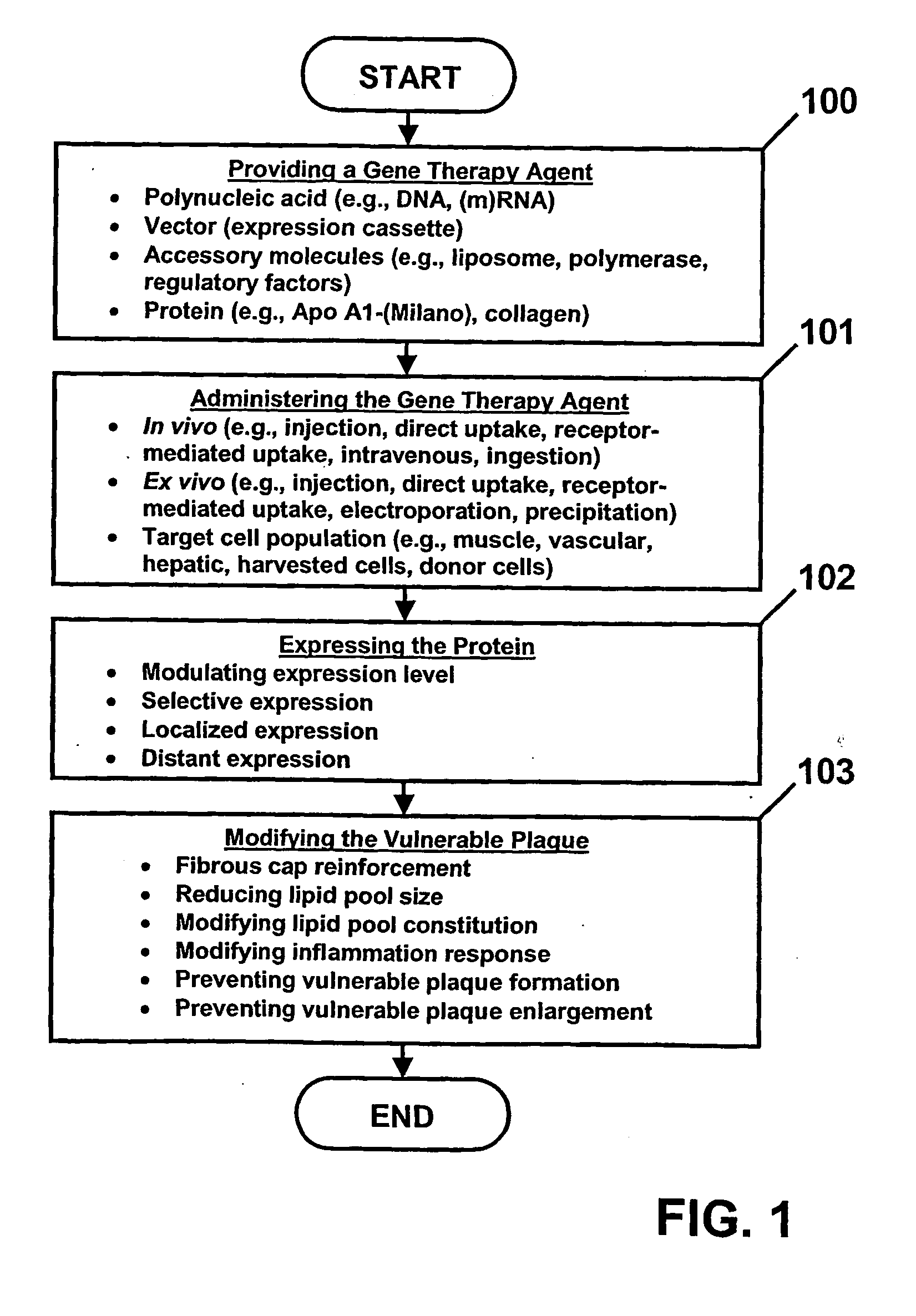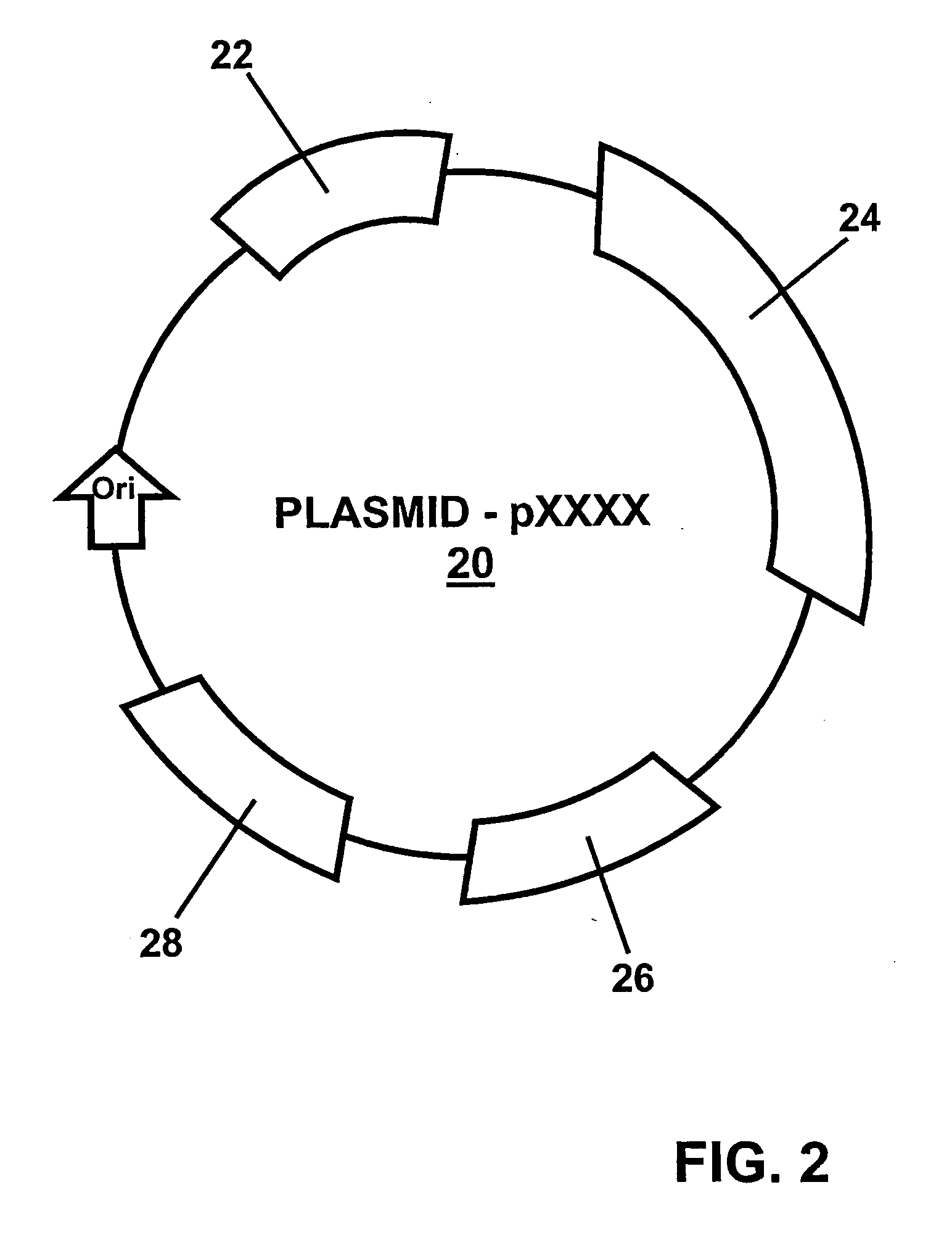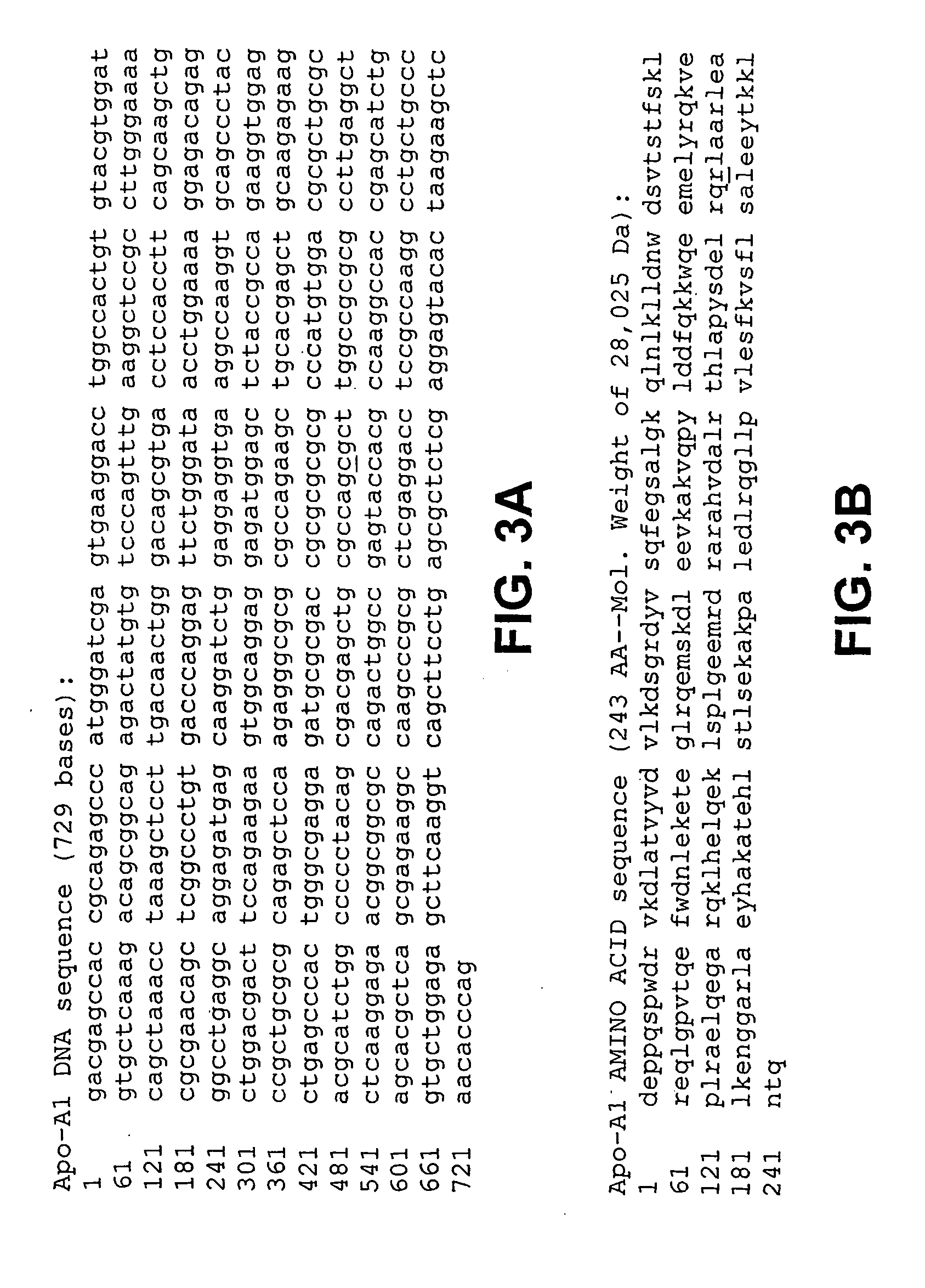Method and agent for treating vulnerable plaque
a vulnerable plaque and agent technology, applied in the field of vascular therapies, can solve the problems of reducing blood flow, causing major death, disability, healthcare expense, and affecting the normal functioning of the body, and preventing the formation of vulnerable plaques. , to achieve the effect of preventing vulnerable plaque enlargement, reducing lipid pool size, and reducing the size of lipid pools
- Summary
- Abstract
- Description
- Claims
- Application Information
AI Technical Summary
Benefits of technology
Problems solved by technology
Method used
Image
Examples
Embodiment Construction
[0026] Referring to the drawings, wherein like reference numerals refer to like elements, FIG. 1 is a flow chart of a method of treating a vulnerable plaque associated with a blood vessel of a patient, in accordance with one embodiment of the present invention. A vulnerable plaque is distinguishable from other types of plaque, including hard plaques, by the presence of a fibrous cap. The vulnerable plaque fibrous cap retains a pool of lipids and other contents, which may be released into the blood vessel upon rupture. The released contents may form emboli that can lodge in a blood vessel thereby posing a risk to the patient. Vulnerable plaques, unlike hard plaques, are generally non-occlusive and as such, may not produce angina. The following description pertains to treatment of these vulnerable plaques.
[0027] Those skilled in the art will recognize that although the present invention is described primarily in the context of treating a vulnerable plaque while using specific gene th...
PUM
| Property | Measurement | Unit |
|---|---|---|
| thick | aaaaa | aaaaa |
| size | aaaaa | aaaaa |
| density | aaaaa | aaaaa |
Abstract
Description
Claims
Application Information
 Login to View More
Login to View More - R&D
- Intellectual Property
- Life Sciences
- Materials
- Tech Scout
- Unparalleled Data Quality
- Higher Quality Content
- 60% Fewer Hallucinations
Browse by: Latest US Patents, China's latest patents, Technical Efficacy Thesaurus, Application Domain, Technology Topic, Popular Technical Reports.
© 2025 PatSnap. All rights reserved.Legal|Privacy policy|Modern Slavery Act Transparency Statement|Sitemap|About US| Contact US: help@patsnap.com



